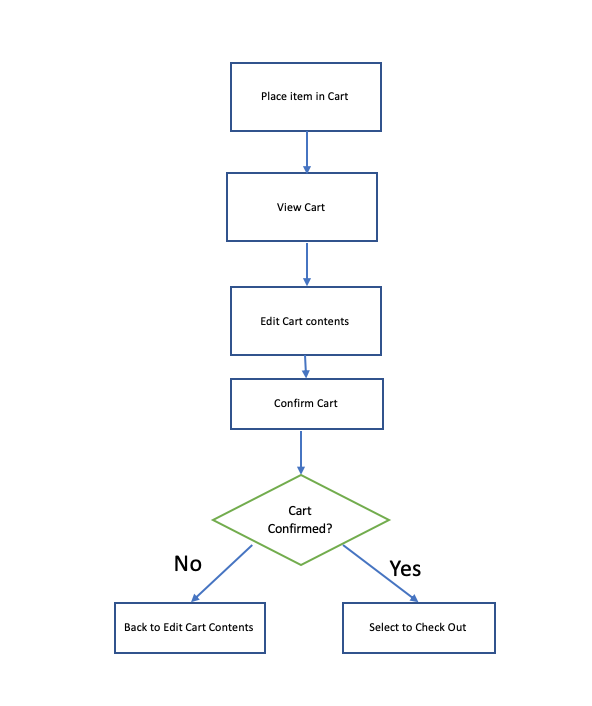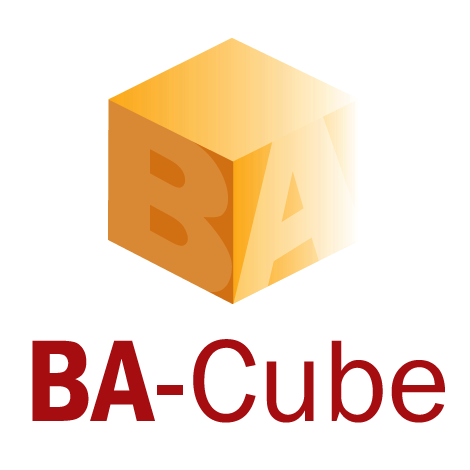Decision Diamonds Copy
So many of us LOVE those pesky, yet seemingly important decision diamonds in our process models! You know the ones that denote a Yes or No path or decision point in a process?
Take a look at this updated process model for cart checkout. It adds a decision diamond for checking if the cart confirmation is a positive or negative and provides an alternative path. Now this seems pretty simple, right? And, the process model is still very legible, easy to read, and easy to follow. It’s also from a user point of view. What could be wrong with this?

Well, digging into this further and having deep conversations with the subject matter expert, we learn that when the customer is asked to confirm their cart contents, they are asked to confirm multiple things. They are asked to confirm the items and quantities in the cart, their shipping address, and the shipping choice that they would like. It is three separate actions for the user. Depending on which of the three are correct or need updates changes the logic of what happens next.
Now, if we update this process model for all of this logic, it becomes a big mess. It would add at least 12 more shapes to the process model making it triple the size and complexity! The model would no longer be quickly digestible for stakeholders. Logically, yes, we can make it correct and tie it all out!
This is where, it serves our analysis to draw it all out, maybe; but it doesn’t serve our team or stakeholders. Here is where the decision diamond becomes dangerous. As is, it conveys a simplicity that just doesn’t happen and is not accurate. Without it in the diagram, we could presume there are details behind the box “confirm cart”. So, what do we do? We use a Decision Table to outline the decision logic and then map the Decision Table to the process box “confirm cart”. We will look at this in more detail in the section on Decision Tables later in the course.
The key lesson here is to use Decision Diamond VERY sparingly, if at all. They can be deceiving and leave us with requirements gaps. A lot like mushy verbs can make us think we have a false consensus when we all mean something different.
